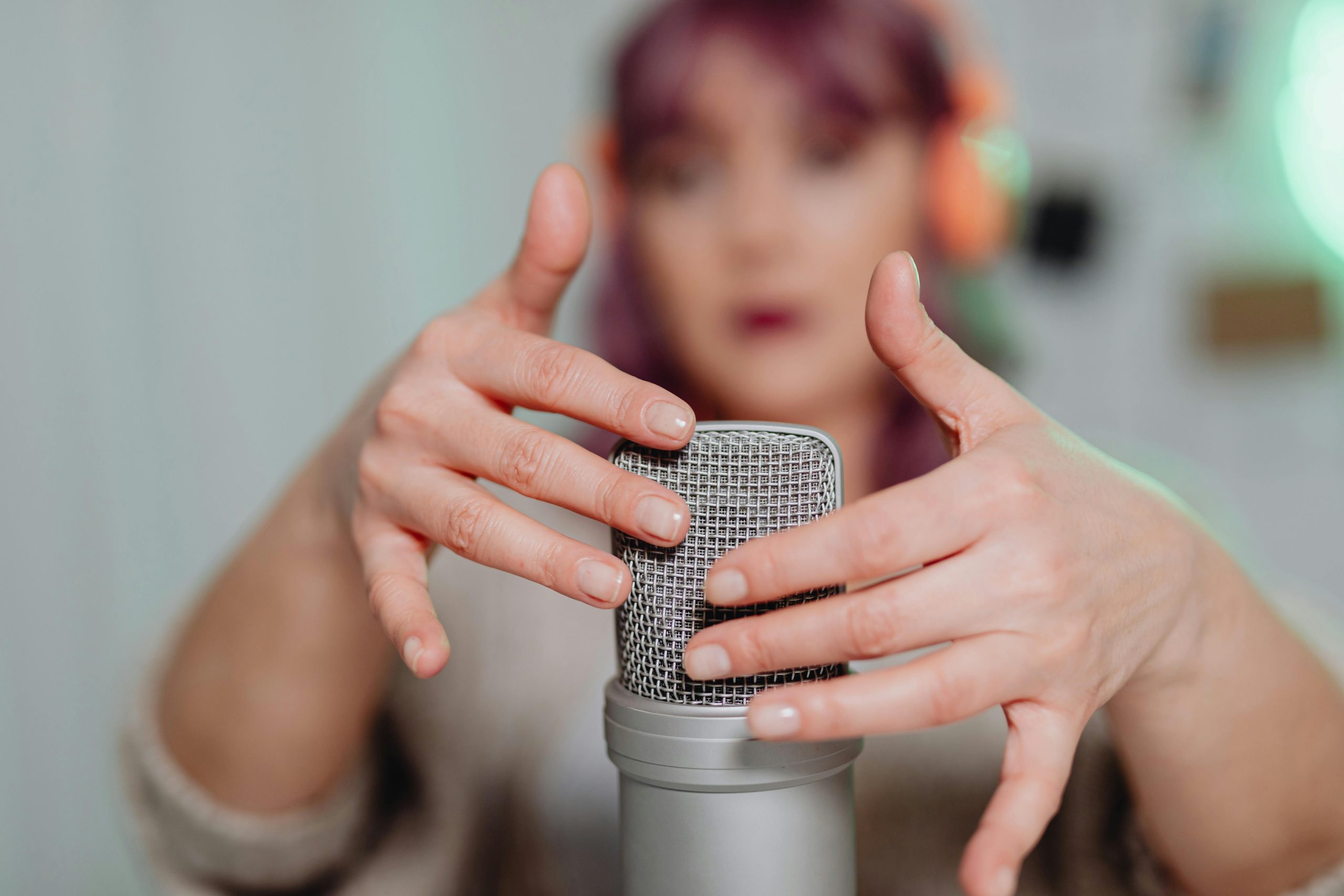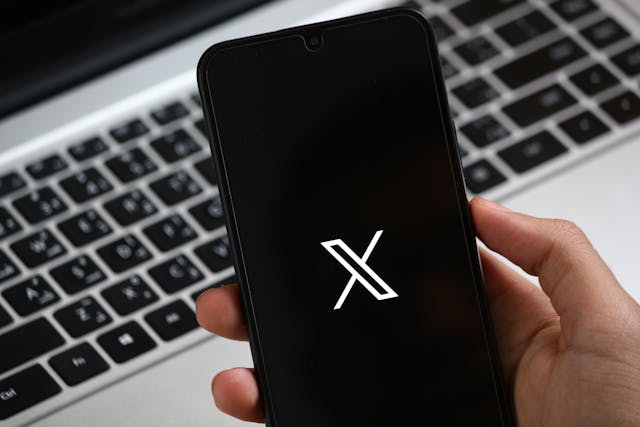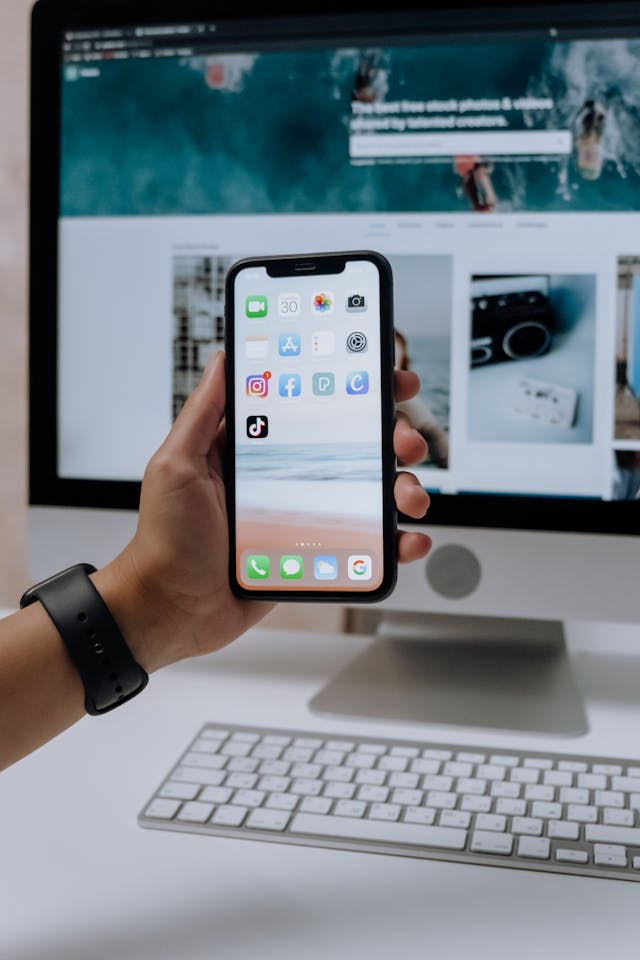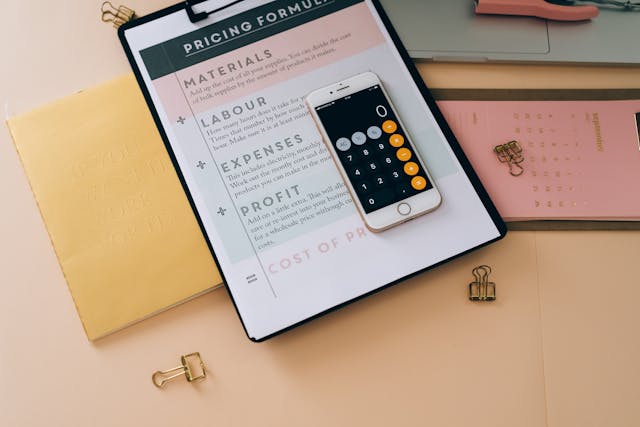
The shortcut everyone ignored
While most creators burned out trying to script, shoot, and edit fresh videos every week, one solo creator quietly hit 100k subs in under a year—without filming a single original shot.
Their weapon? Smart repurposing. Turning podcasts, livestreams, and long interviews into short, optimized, story-driven clips that the YouTube algorithm loves.
Let’s break the system that made it possible—and why 2025 might be the best time to build a faceless channel around existing content.
Step 1: Source content that’s already magnetic
They started by mining open podcast archives and Creative Commons interviews from niche thought leaders (AI, startups, motivation).
The rule: Pick people with a built-in fanbase but weak short-form presence.
Each raw video offered 10–20 reusable clips—insightful moments under 60 seconds that could be cut into micro-stories.
Tools used:
- Vizard.ai and OpusClip for automatic highlight detection.
- WhisperX for transcription and captions.
- ChatGPT (prompted summaries) to write hooks and titles fast.
Step 2: Edit for emotion, not information
Every clip got reframed around a single emotional hook—a surprise, an “aha,” or a contrarian quote.
Example transformation:
Original: “AI is just a tool—it won’t replace creativity.”
Repurposed Short Title: “This AI founder says your creativity is safe—for now.”
They added motion zooms, auto captions, and sound emphasis (boosting moments where emotion peaks).
Speed tip: Each edit took under 15 minutes. Consistency beat perfection.
Step 3: Brand through templates, not face
Because there was no on-camera host, branding had to come from visual consistency:
- Color-coded topic tags (e.g., red = motivation, blue = AI).
- Identical lower-thirds.
- 5-second outro with CTA: “Daily insights, 1 minute at a time.”
This built channel familiarity—viewers started recognizing the format before the creator’s name.
Step 4: Post frequency + retention
They posted 3 clips per day, timed to the audience’s peak hours.
The first 30 days were slow. Then a few clips started chaining—each recommended video fed into the next through watch history overlap.
By day 120:
- 300 clips live
- 6.2M total views
- 12.8% average CTR
- 45–60% retention (above Shorts average)
YouTube’s system flagged the channel as “high retention, frequent poster”, unlocking continuous discovery.
Step 5: Monetization
Once Shorts views stabilized, they added:
- Affiliate links in pinned comments (tools mentioned in clips).
- Brand outreach for creators whose clips were used (“Want us to repurpose your long-form?”).
- Memberships with access to curated “Creator Toolkit” Notion templates.
Revenue hit ~$2.3k/month within six months—mainly from brand work, not AdSense.
Step 6: Ethics & copyright
Repurposing isn’t the same as stealing. They stayed compliant by:
- Using public domain, Creative Commons, or licensed-with-credit content.
- Adding transformative edits (commentary, compilation context, overlays).
- Offering original creators credit and backlinking in descriptions.
This made future collaborations easy—many long-form creators reached out asking for short repackaging.
Workflow snapshot (weekly cycle)
| Task | Tool | Time |
|---|---|---|
| Clip sourcing | YouTube search + ChatGPT queries | 1 hr |
| Auto clipping | OpusClip / Vizard | 2 hr |
| Manual editing | CapCut / Descript | 3 hr |
| Caption + branding | Canva templates | 1 hr |
| Scheduling | YouTube Studio / Repurpose.io | 30 min |
| Analytics review | TubeBuddy / Notion | 1 hr |
Total: ~8.5 hours per week for a 21-clip schedule.
Step 7: Algorithm psychology
Repurposed channels win because they:
- Feed the algorithm more data faster (high frequency).
- Piggyback on proven content (audience-tested).
- Maintain low production friction, so consistency never breaks.
YouTube doesn’t care if your clip is filmed or found—it cares if viewers finish watching.
Lessons from the 0→100k sprint
- Velocity matters more than originality.
The system rewards volume; humans reward insight. You can optimize both. - Editing is storytelling.
Every 15 seconds should create a new micro-hook. - Face doesn’t equal brand.
Format recognition can carry a faceless channel to recognition. - Monetization follows proof.
The first check came after the creator hit 50 clips, not 50k subs.
Final takeaway
Repurposing is the creator equivalent of compound interest: start small, automate the grind, reinvest the attention.
By the time others are still setting up their lighting, you’ll already have a catalog of 300 Shorts feeding each other through YouTube’s recommendation graph.
The next great creator doesn’t need a camera—just good taste, a fast workflow, and an ear for the moments people rewind to hear again.






